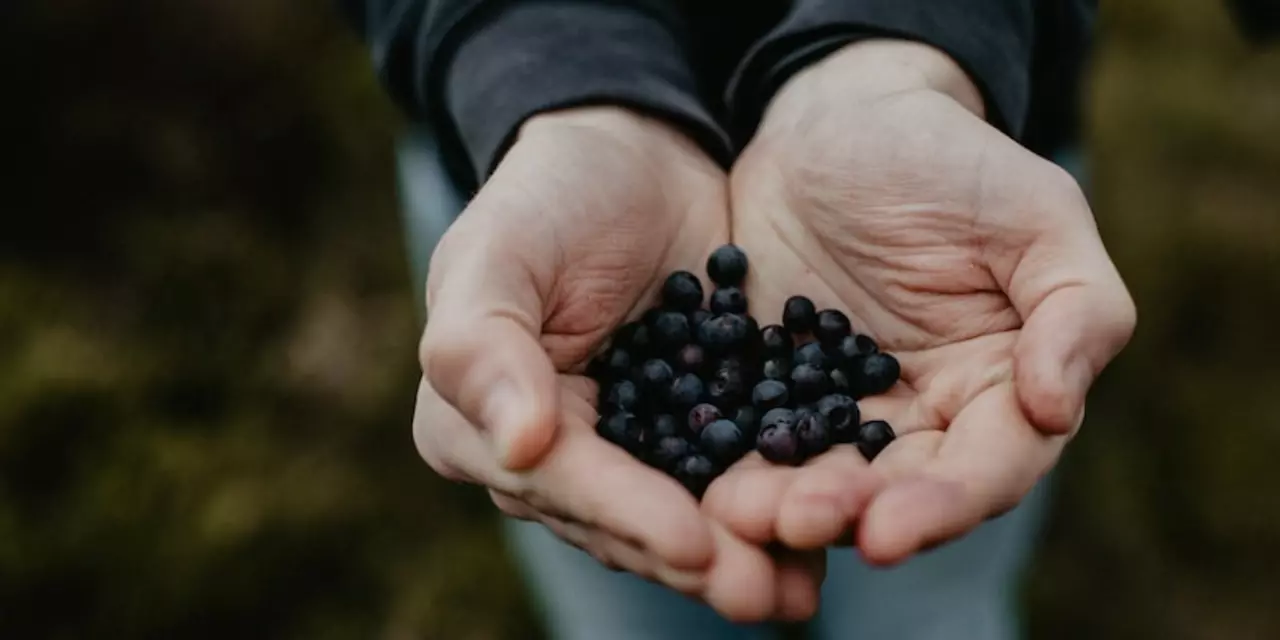Serve Tips & Techniques – Master Your Tennis Serve
Want a serve that puts pressure on your opponent right from the first point? You don’t need fancy equipment or a long gym routine – just a clear plan and a few disciplined drills. Below you’ll find the essentials: grip, stance, toss, motion, and the most common mistakes that kill power and accuracy.
Grip and Stance: Build a solid foundation
Start with a continental grip – the same you’d use for a volley. It lets you swing the racket in a natural, racket‑head‑up motion. If you’re used to a semi‑west or western grip, switch for a week and notice how the racket stays behind the ball longer.
Place your front foot about two feet behind the baseline, pointing slightly toward the net post on the side you’ll serve to. Your back foot should be angled outward for balance. This stance creates a stable platform and lets your hips rotate fully.
Toss, Swing, and Follow‑through: The three‑step serve
The toss is the secret sauce. Keep it straight up, not too high – around 12‑15 inches above the racket’s contact point. A consistent toss gives you a repeatable swing path. Use the same finger pressure each time; think of holding a tiny ball between thumb and index finger.
When the ball reaches its peak, drive your legs, rotate your hips, and swing the racket in a smooth upward arc. Aim to hit the ball at the highest point of the toss. Finish with the racket pointing toward the target – this encourages a natural spin and reduces wrist strain.
Common mistake: reaching too far back with the racket, which slows the swing and cuts power. Instead, keep the racket close to the body until you start the forward motion.
Practice Drills that actually work
Target Drill: Place cones or markers inside the service box. Serve aiming for each target for 10 balls. This builds accuracy and forces you to adjust toss height for different spots.
Speed Drill: Use a radar gun or a simple timer. Serve as hard as you can for 5 balls, then reset and repeat. Record your fastest serve each set – the competition pushes you to use your full kinetic chain.
Spin Drill: Practice the continental grip with a slightly closed racket face. Aim to brush the ball on the side to generate slice. Serve 20 balls focusing only on spin, then switch back to flat power.
Quick fixes for common errors
Ball out of sync: If you’re constantly missing the toss, slow the rhythm. Count “1‑2‑3” in your head – 1 for stance, 2 for toss, 3 for swing. Consistency beats speed.
Foot faults: Mark the line with a small piece of tape or a chalk line during practice. Keep your front foot just behind the baseline and avoid stepping over during the swing.
Lack of spin: Open the racket face slightly at contact and finish with the racket pointing across the court. Even a small degree of open face adds slice or topspin without extra effort.
Remember, a great serve isn’t about raw power alone – it’s about repeatable mechanics and smart placement. Spend 10‑15 minutes on these drills each practice, and you’ll see steadier first serves, more confidence, and better match results.
Ready to put the new routine into action? Grab a ball, head to the court, and start with the toss. Feel the rhythm, adjust the grip, and watch your serve level rise. Keep tracking what works, tweak what doesn’t, and enjoy the boost in your game.
Tennis players bend when receiving serves for several reasons: to maintain balance, to increase their reach, to better read the serve and to make the server think the ball is going to the wrong place. Bending can help players react more quickly and return the serve at an angle that the server did not expect. It also helps players keep their eye on the ball, ready to react as soon as it is hit. Bending correctly can take a player’s game to the next level as it gives them more time for an effective response and allows them to have more control over the ball.
Continue reading...



